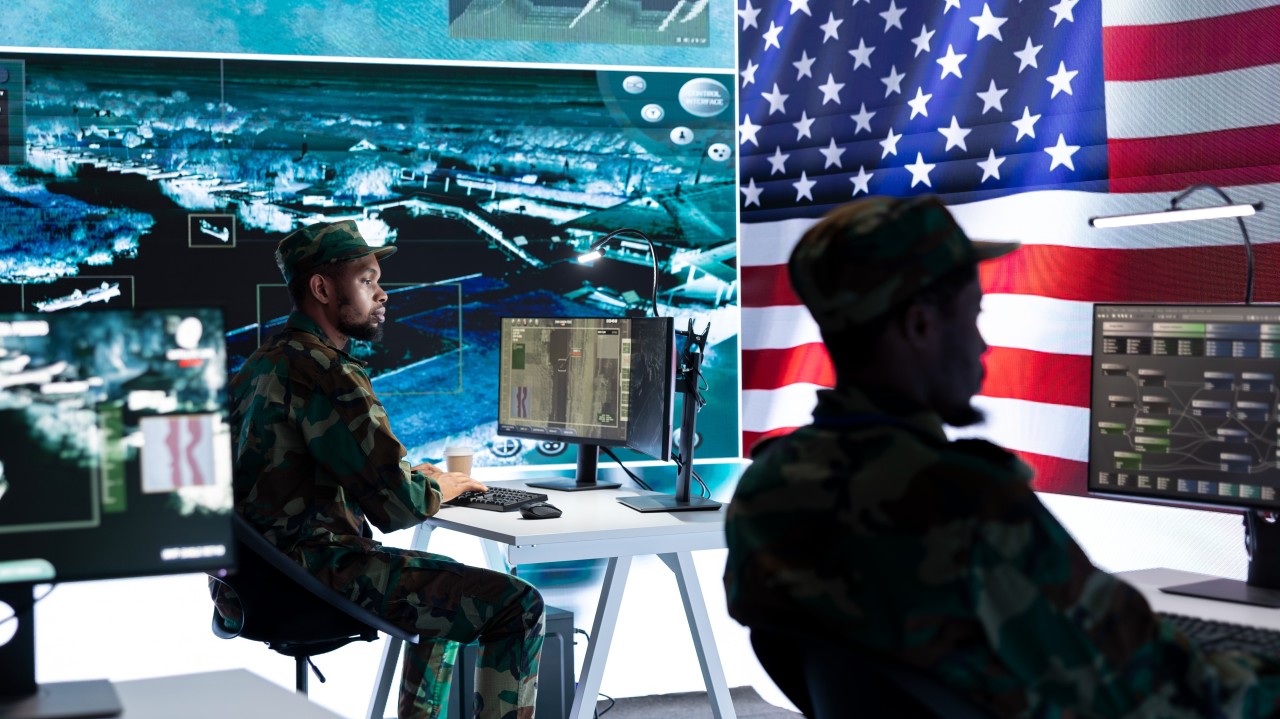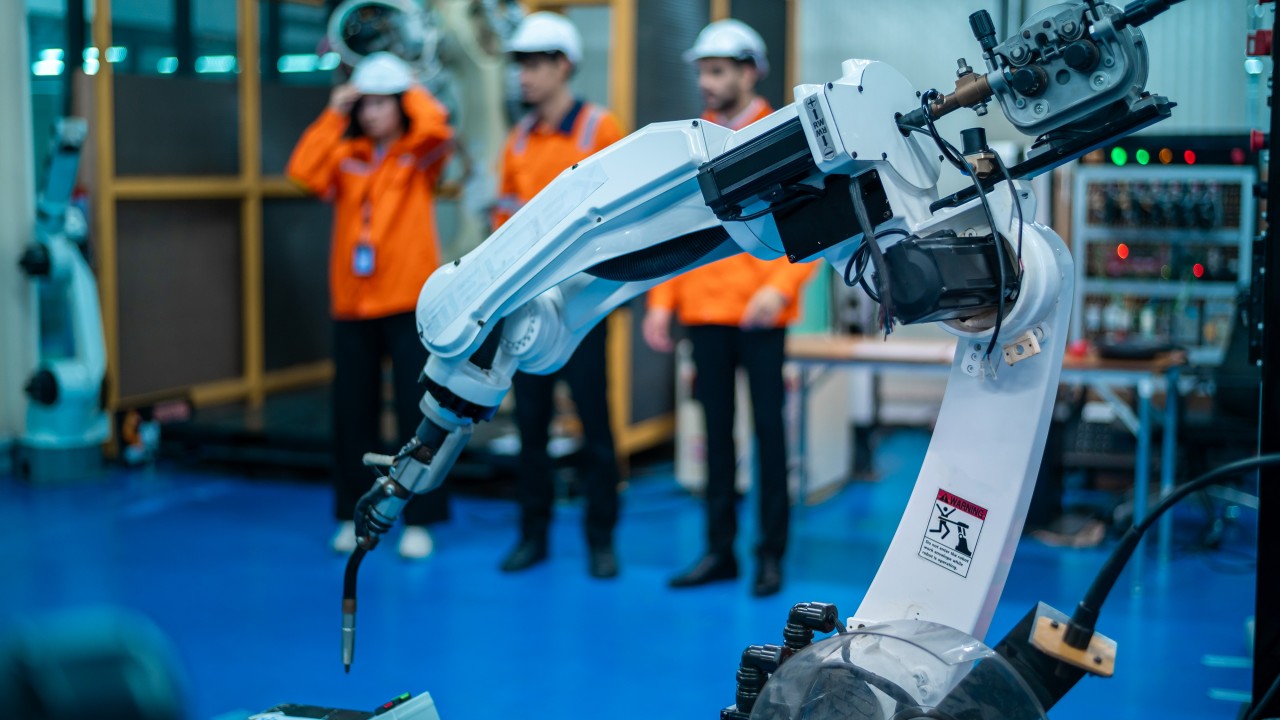
The Applications of Augmented Reality for Healthcare
Augmented reality (AR) has the potential to revolutionize the healthcare industry by providing innovative solutions for a wide range of challenges and applications. Some of the ways AR is being used or could be used in the healthcare field include:
- Medical education and training: AR can be used to create interactive simulations and visualizations for teaching anatomy, surgical procedures, and other medical concepts.
- Patient diagnosis and treatment: AR can be used to visualize internal structures of the body, assist in diagnosis and treatment planning, and guide medical procedures such as surgeries.
- Physical therapy and rehabilitation: AR can be used to create immersive, interactive rehabilitation exercises that can help patients recover from injuries or surgeries.
- Mental health: AR can be used to create exposure therapy and other immersive therapy experiences to help treat conditions such as phobias, anxiety, and post-traumatic stress disorder (PTSD).
- Remote consultations: AR can be used to provide remote consultations and telemedicine, allowing healthcare professionals to see and interact with patients in real-time, even when they are in different locations.
- Medical equipment maintenance: AR can be used to provide real-time information and support for medical equipment maintenance and repair, reducing the need for on-site visits.
AR has been used by doctors for about a decade now. However, only more recently have they been able to get more funding to put towards research and development in this area.
One of these uses are for live interactive imaging to assist physicians and students. Minimally invasive surgery uses procedures like inserting a camera into the patient to visualize the procedures being performed. Using AR, you can superimpose body parts to give the doctor a more tangible representation of the procedure. This gives doctors an easier time in surgeries, such as placing spinal taps with less worry of getting wrong.
This is also a useful tool for educating children and students about medicine. With a visual model in front of them, they can practice techniques on mannequins like a real-world game of Operation. Other applications will also allow them to learn anatomy, by bringing information about parts of the body under the skin. This hands-on style for learning is very useful, and one of the most practical uses of AR in education, considering the science of surgery is about working with your hands. Giving students the ability to try performing the actions instead of simply reading about it gives them more practical knowledge for when they try it on the field for real.
There are many more possible applications for AR technology than just 3D diagrams. One example is for managing data about the patient. Doctors usually have to look up a bit of information on their patient and medical history, but AR can simplify with a head-mounted display or HMD. Doctors can wear it, and virtual tags will appear on the patient to locate any points of interest, such as previous injuries in that location. Not only is it useful, but it also is convenient, and gives an exact location to the area of interest.
However, HMDs are not perfect. A lot of issues come into play with integrating them into medical devices. In a few demos shown by Christopher Stapleton, founding director of the Media Convergence Laboratory at the University of Central Florida, devices were able to scan a human head and show bone structures in correct locations from the face, even with the face moving and changing facial expressions. An instrument (a spoon in the demo) was then put into the scanning area, and the data in that section was removed and replaced with shadows of the object in real time. Hopefully, this will be implemented for the HMDs soon to fix up their shortcomings.





